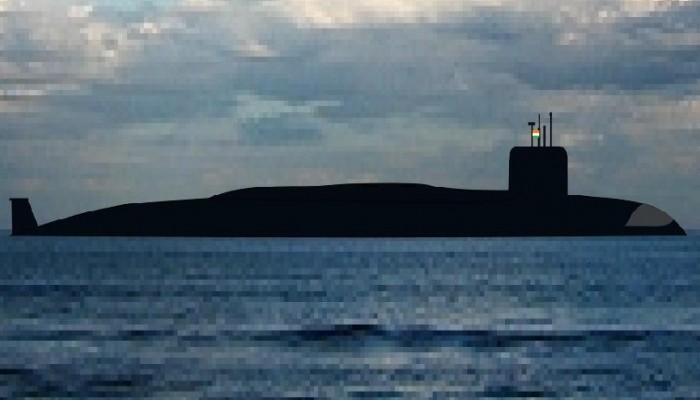- Joined
- Aug 20, 2010
- Messages
- 7,869
- Likes
- 23,240
Ladies & Gentlemen, we all heard about the landmark alliance called AUKUS in the last two weeks' time. Australia, after several years of negotiation and contract issues, terminated the contract with the French for their Barracuda class nuclear-powered attack submarines. Canberra had two major reasons to defend their decision:
A) Being a signatory to the Nuclear Non-Proliferation Treaty (NPT) how does Australia, with zero local nuclear management capability in either civil or military capacity, assure the world that they will safeguard the HEU fuel rods that they receive from their NATO partners?
B) On what grounds are the UK and the US giving Australia this access to such a secretive and complex technology? Does this mean that their military personnel will handle the nuclear material jointly with the Australian forces?
C) Does this excuse give a perfect opportunity to countries like Iran, China, or even India to start building up their own alliances of convenience with regards to nuclear-propelled submarine technology?
Comments and discussions welcome.
- The French nuclear propulsion technology required the Australian military to refuel their submarines every decade due to using low enriched uranium (LEU). This meant that the Australian Navy had to gain a first-hand knowledge in managing and safely handling nuclear fuel rods - something they do not know at all. Australia is one of the largest exporters of uranium on earth but does not have a civil nuclear program due to a political restriction by their parliament. Therefore, Australia would have to develop an entirely new training, recruitment and capacity building plan for a whole new breed of scientists, engineers, logistics professionals, and supply chain professionals to handle military-grade radioactive material.
- A second, related matter was that the American and British submarines use high enriched uranium (HEU), allowing the submarines to remain fuelled throughout their working lifespan. This was a better offer in the eyes of the Australian government.
- The other excuse was that of convenience. While the Australian media is busy bashing the French for allegedly delaying the deal and not delivering on time, it was a matter of time before the Australians jumped on board the program offered by fellow anglophone countries. The UK, USA and Australia are already a part of the NATO alliance. Australia has participated in all the coalition wars that the US has led. France on the other hand, is a completely different beast. While it has been an ally, it is also fiercely independent, demonstrating on several occasions that it won't hesitate to take a different approach than the US-UK led NATO. The comfort of 'being with the same people' made Australia consider their fellow Anglo-Saxons over the Francs.
A) Being a signatory to the Nuclear Non-Proliferation Treaty (NPT) how does Australia, with zero local nuclear management capability in either civil or military capacity, assure the world that they will safeguard the HEU fuel rods that they receive from their NATO partners?
B) On what grounds are the UK and the US giving Australia this access to such a secretive and complex technology? Does this mean that their military personnel will handle the nuclear material jointly with the Australian forces?
C) Does this excuse give a perfect opportunity to countries like Iran, China, or even India to start building up their own alliances of convenience with regards to nuclear-propelled submarine technology?
Comments and discussions welcome.





